See Elon Musk's Starship shredding apart as it descends to Earth, with a whole fin almost ripping off
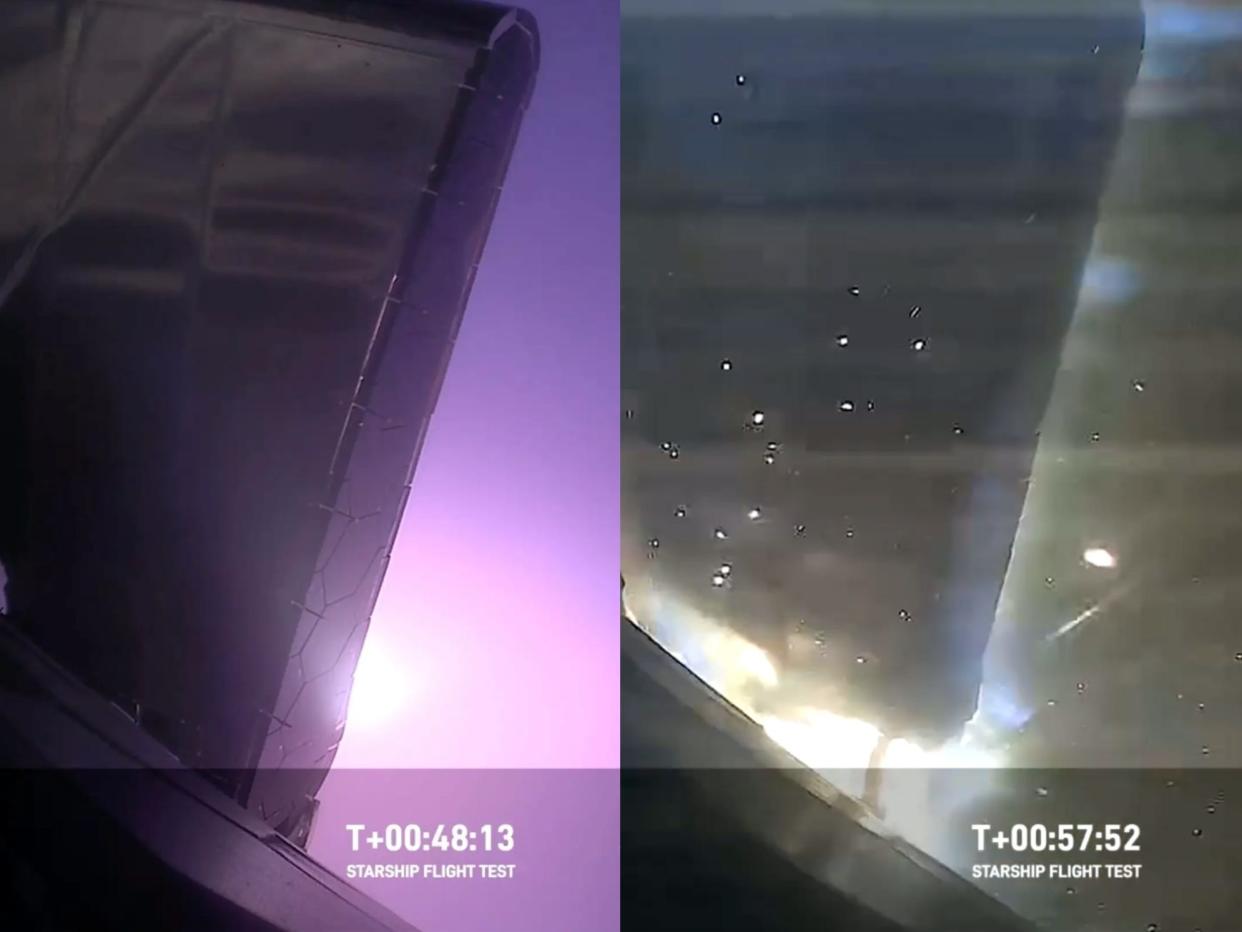
SpaceX's Starship flew to space and returned, but suffered visible damage on the fall back to Earth.
The rocket's fin started ripping off mid-fall, and the camera lens cracked.
Starship's splashdown was a big step toward reusability though, and Elon Musk claimed victory.
SpaceX's Starship mega-rocket snagged a huge victory on the road to Elon Musk's Mars-settling plans on Thursday — but not without some battle scars.
For the first time ever, the rocket ship flew to space and returned to Earth to splash into the Indian Ocean, with its engines firing and communications with mission control intact.
However, the spacecraft was visibly falling apart on SpaceX's livestream as it screamed through Earth's atmosphere.
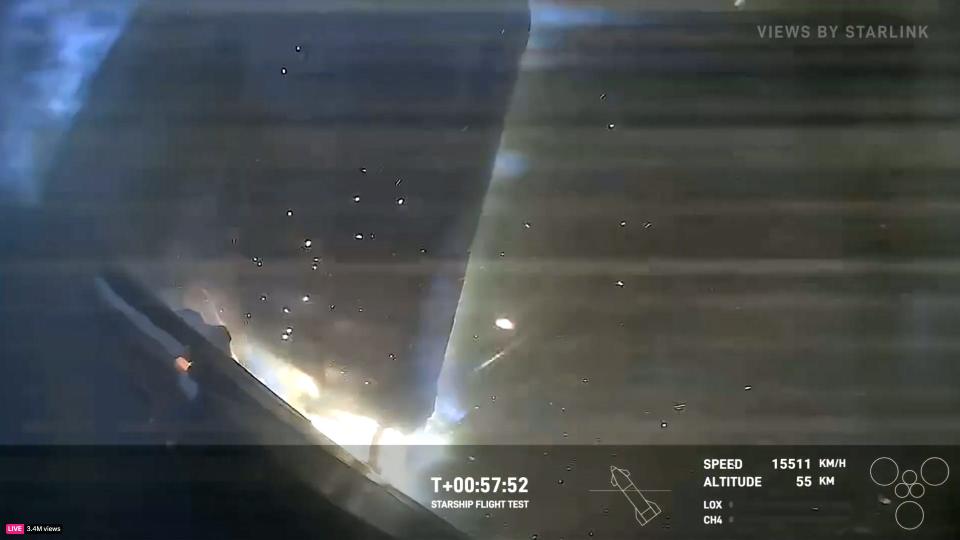
Viewers had a limited view of the ship itself, but the onboard camera was conveniently positioned right in front of a fin that started ripping off about halfway through the plummet back to Earth.
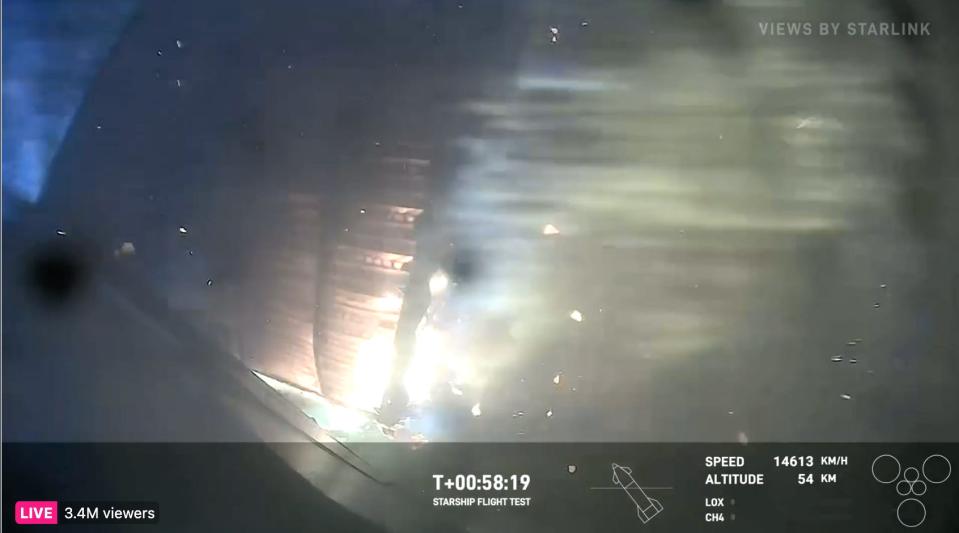
Soon the spacecraft was shedding so much debris that it clouded the camera. Eventually, according to a SpaceX commentator on the livestream, the lens cracked under the extreme conditions.
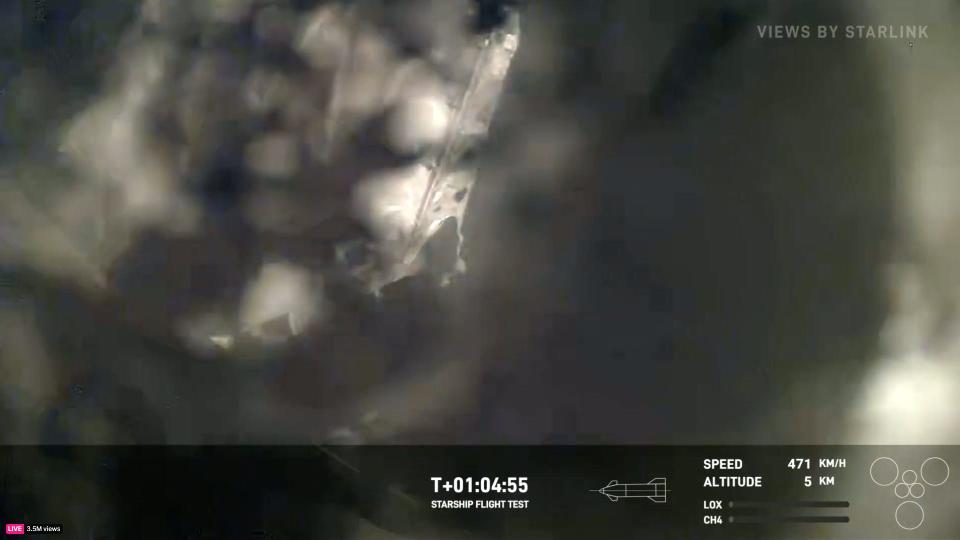
Still, Starship at least partially accomplished one of its biggest goals for this flight: to practice landing.
SpaceX operators confirmed that as Starship neared the water, it fired its engines in an attempt to flip itself upright and lower itself to a soft landing.
You can watch the whole ordeal on SpaceX's livestream, starting at 1 hour and 25 minutes:
Watch Starship’s fourth flight test → https://t.co/bJFjLCiTbK https://t.co/SjpjscHoUB
— SpaceX (@SpaceX) June 6, 2024
Musk claimed victory, posting on X: "Despite loss of many tiles and a damaged flap, Starship made it all the way to a soft landing in the ocean! Congratulations @SpaceX team on an epic achievement!!"
Given the damage to the spacecraft, and the poor visibility from the camera recording, it was not immediately clear how soft the landing really was.
The full extent of the damage to Starship was not immediately clear either, and it may never be, since SpaceX does not plan to recover the ship from the ocean.
Falling back to Earth is extremely intense
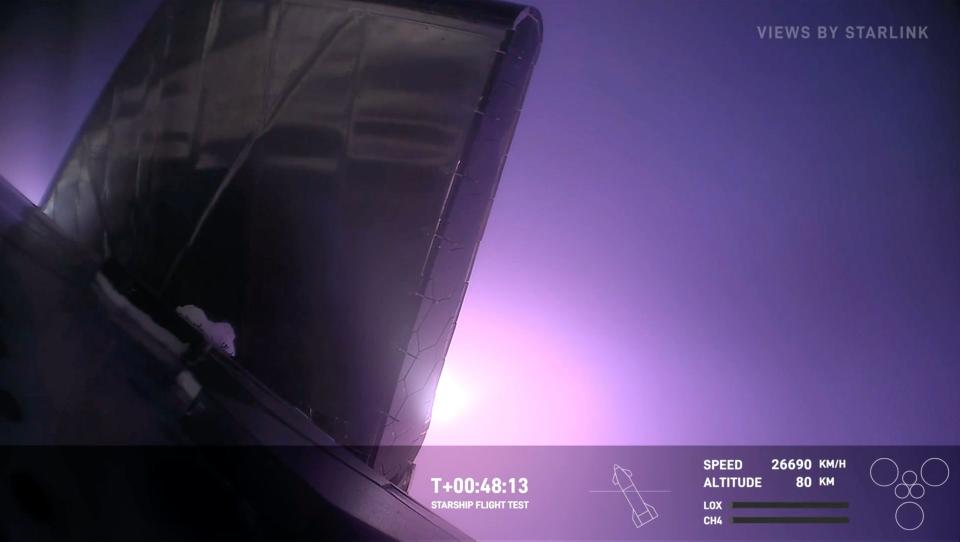
The shredding was a sight to behold, but it wasn't a surprise. This was a test flight, after all, and SpaceX only guaranteed excitement.
Spaceflight is hard, but the return trip to Earth is downright hellish.
A "reentering" spacecraft screams toward Earth at many times the speed of sound — 17,000 mph for Starship, according to SpaceX — pushing through an increasingly thick atmosphere and building up so much friction that ultra-heated plasma forms around its belly, lashing the spaceship with temperatures up to 3,500 degrees Fahrenheit.
That plasma showed up on the livestream too.
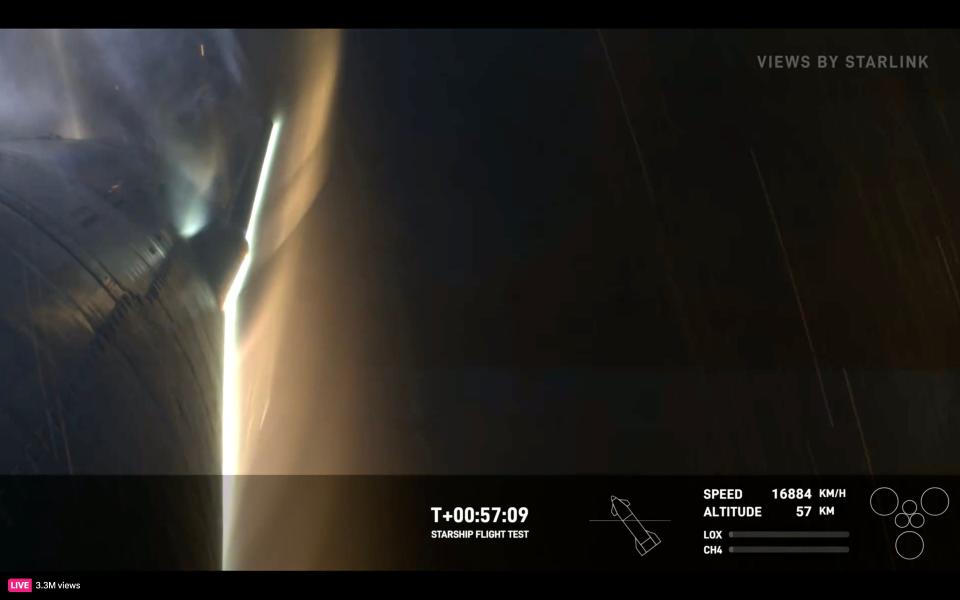
That's why any spacecraft designed to come back to Earth must have a decent heat shield. For Starship, that's its belly of 18,000 hexagon-shaped ceramic tiles, which Musk has hinted is still a work in progress.
"A super reliable, light, reusable heat shield is the biggest technical challenge remaining for Starship," Musk wrote on X in May.
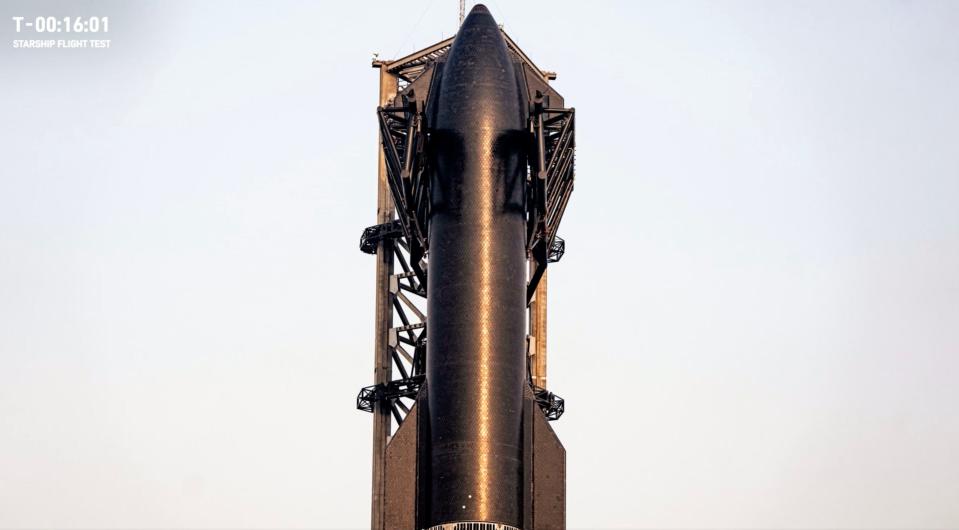
After Thursday's flight, he reiterated that the heat shield was "the single toughest problem remaining."
Though this was the launch system's fourth test flight, it's only the second time Starship has actually reached space.
The first time, in March, SpaceX declared the vehicle "lost" after it dropped out of communications on the way back down. That probably means it disintegrated or blew up from the stress of reentering Earth's atmosphere.
The Starship-Super Heavy launch system — consisting of the lower-stage Super Heavy booster and upper-stage Starship vehicle — promises to be the largest, most powerful, and first-ever fully reusable orbital rocket on Earth.
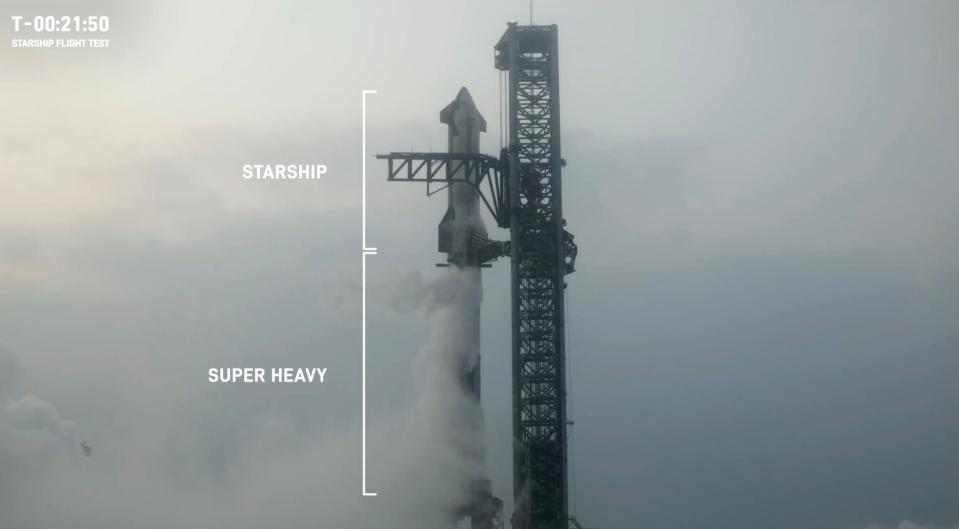
Starship's landing was a big step toward reusability. The Super Heavy booster also practiced and successfully achieved its first soft water landing, after it separated from Starship on Thursday.
The booster fired its engines and flipped itself upright to lower into the Gulf of Mexico.
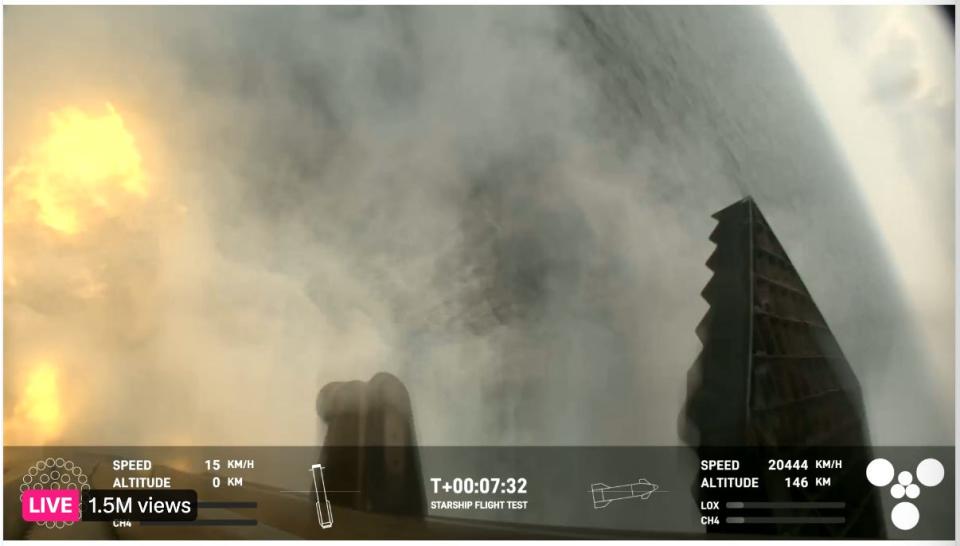
Eventually, SpaceX plans to land both stages of the rocket on solid ground to be rapidly refurbished and flown again another day.
If it lives up to its hype, Starship-Super Heavy could slash the cost of spaceflight tenfold, conduct point-to-point high-speed transport on Earth, and, yes, even bring the first colonists to Mars.
Read the original article on Business Insider


